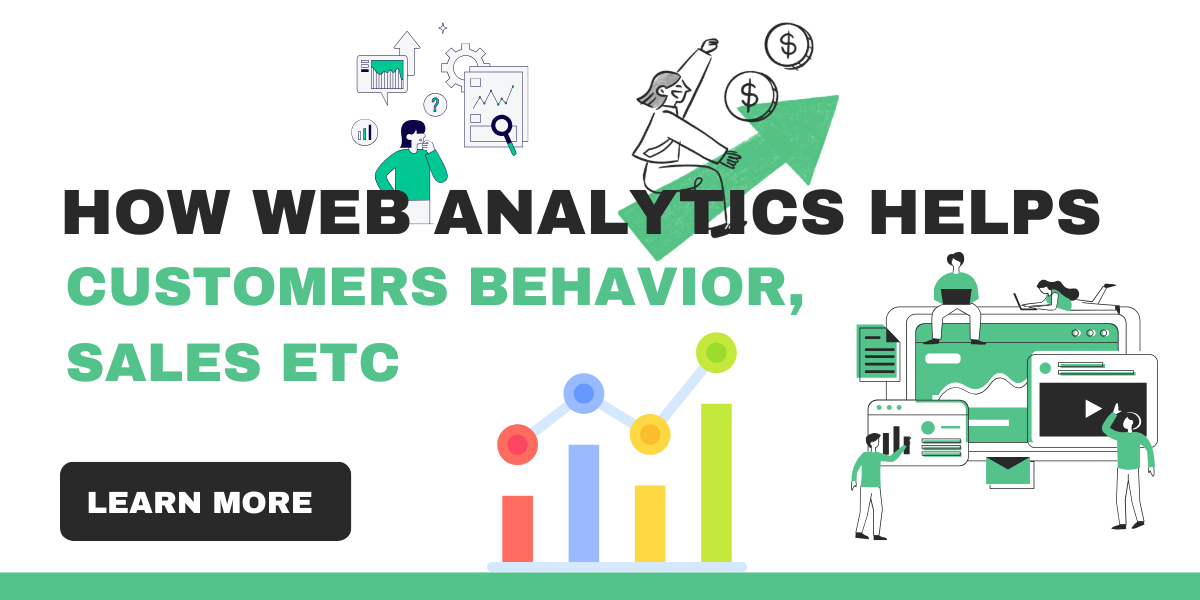Web Analytics Strategies That Drive ROI for Businesses
How Web Analytics Helps You Understand Customers Better
In today’s digital-first world, every click, scroll, and interaction on your website tells a story. Businesses that pay attention to this data gain a powerful advantage: a deeper understanding of their customers. Web analytics is more than just tracking numbers—it’s about decoding customer behavior to make smarter decisions.
1. Discover What Customers Want
Web analytics tools show you which pages get the most visits, what products people view, and how long they stay. This data highlights what your audience finds valuable, helping you shape content, products, or services that truly meet their needs.
2. Identify Customer Journeys
By tracking visitor paths, you can see where users come from, what steps they take on your site, and where they drop off. Understanding this journey helps you remove obstacles, streamline navigation, and improve the overall customer experience.
3. Segment and Personalize
Analytics allows you to segment customers by demographics, location, or device. With these insights, you can tailor marketing campaigns, product recommendations, or even website design to match customer preferences—leading to higher engagement.
4. Improve Conversion Rates
One of the biggest advantages of web analytics is conversion tracking. You can identify which campaigns drive results, which landing pages perform best, and what changes encourage customers to take action—whether that’s making a purchase, filling out a form, or subscribing to a newsletter.
“The Future of Web Analytics: AI, Automation & Business Intelligence”
5. Predict Future Behavior
With advanced analytics and AI-driven tools, businesses can forecast customer behavior. For example, analyzing purchase trends may help predict what customers will buy next, enabling proactive marketing and inventory planning. Social media pricing
Final Thoughts
Customers leave digital footprints with every interaction, and web analytics turns those footprints into insights. By using this data wisely, businesses can build stronger relationships, create personalized experiences, and ultimately drive growth.
“Discover how web analytics helps businesses understand customer behavior, improve user experience, and boost sales with data-driven insights”
5 Web Analytics Metrics Every Business Should Track
In the digital age, data is the fuel that powers business growth. But not all data is equally valuable. To make informed decisions, businesses must focus on the right web analytics metrics. Tracking these numbers consistently can help you understand performance, customer behavior, and opportunities for improvement.
1. Website Traffic Sources
Knowing where your visitors come from—whether it’s search engines, social media, referrals, or direct visits—helps you understand which marketing channels work best. By focusing on high-performing sources, you can invest your budget wisely.
2. Bounce Rate
Bounce rate shows the percentage of visitors who leave after viewing just one page. A high bounce rate often signals poor content, slow load times, or irrelevant targeting. Reducing bounce rates improves engagement and conversions.
3. Average Session Duration
This metric measures how long visitors spend on your site. Longer sessions usually mean your content is engaging and useful. If visitors leave quickly, it may be time to rethink your messaging or design.
4. Conversion Rate
Ultimately, the goal of a business website is action—purchases, sign-ups, or inquiries. Tracking conversion rate tells you how well your site turns visitors into customers. Small improvements here can make a big impact on revenue.
5. Customer Journey Paths
Analyzing the paths customers take before completing an action helps you identify what works and what creates friction. Optimizing this journey enhances user experience and increases the chances of repeat business.
-
Yoast vs Rank Math: Best SEO Plugin for WordPress in 2025
Introduction Yoast…



